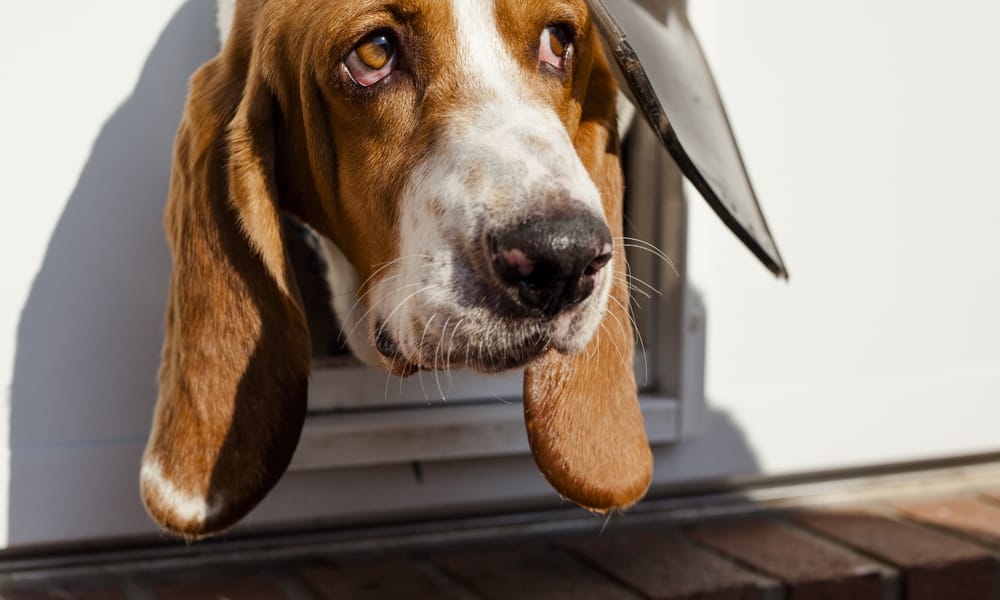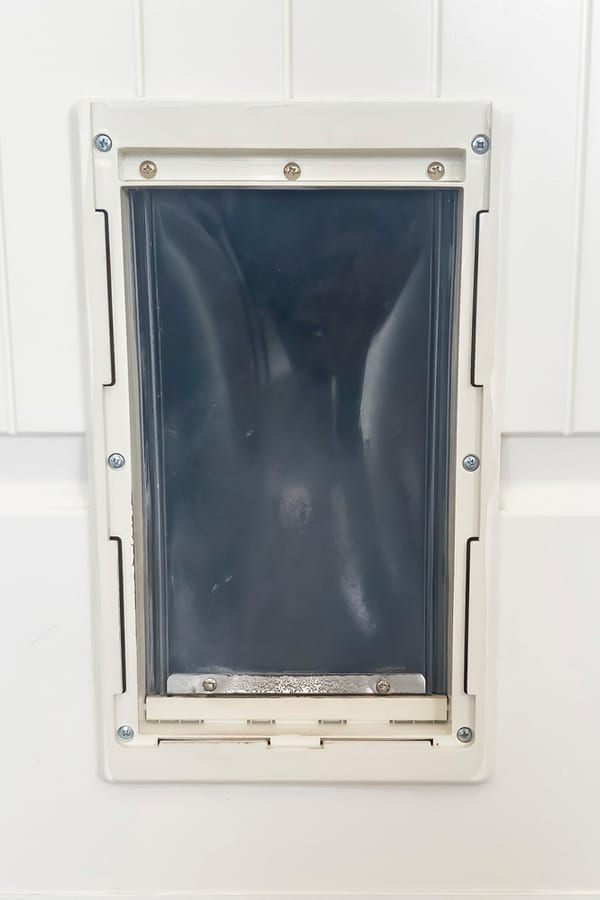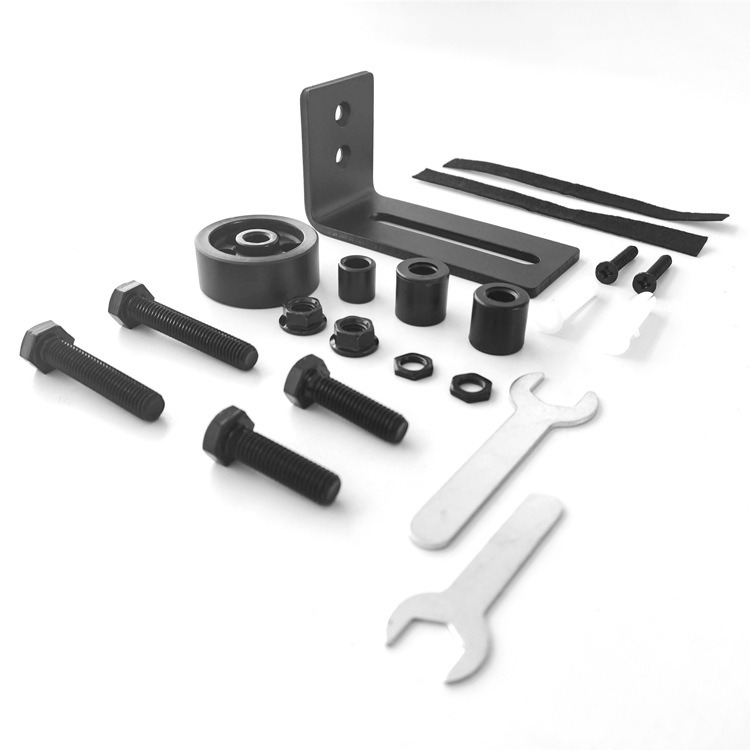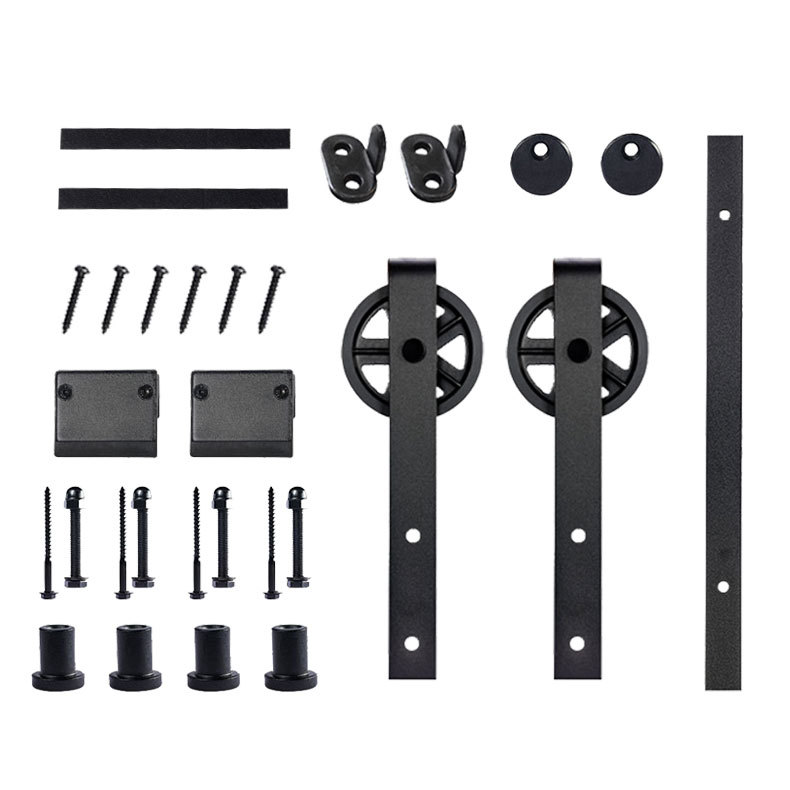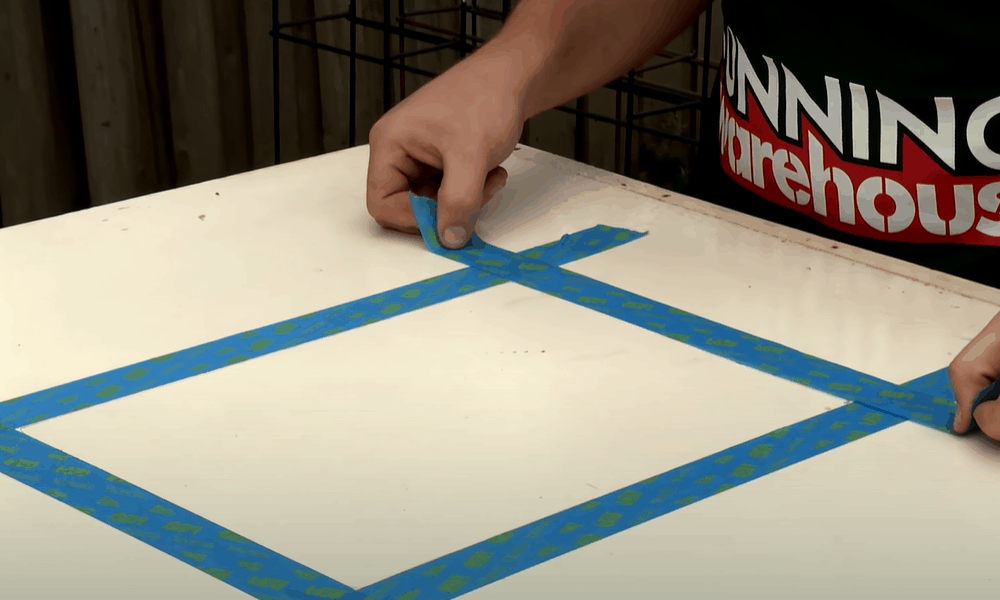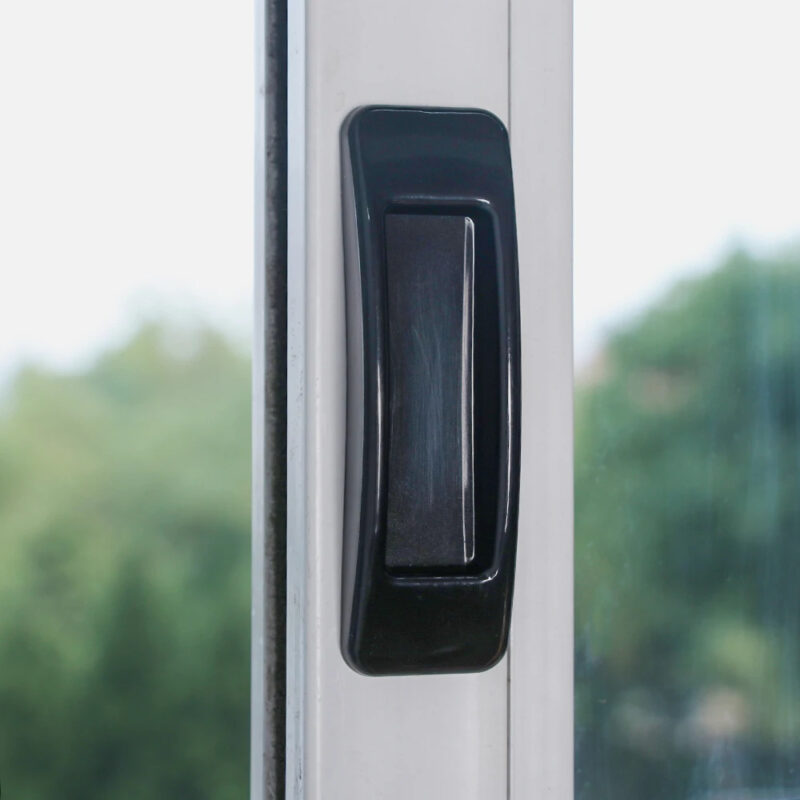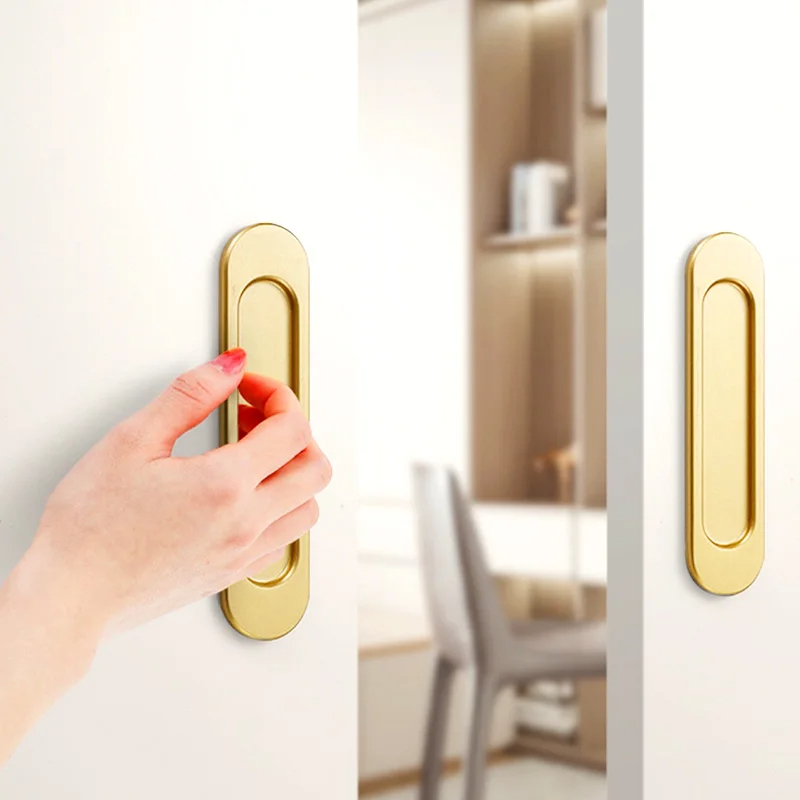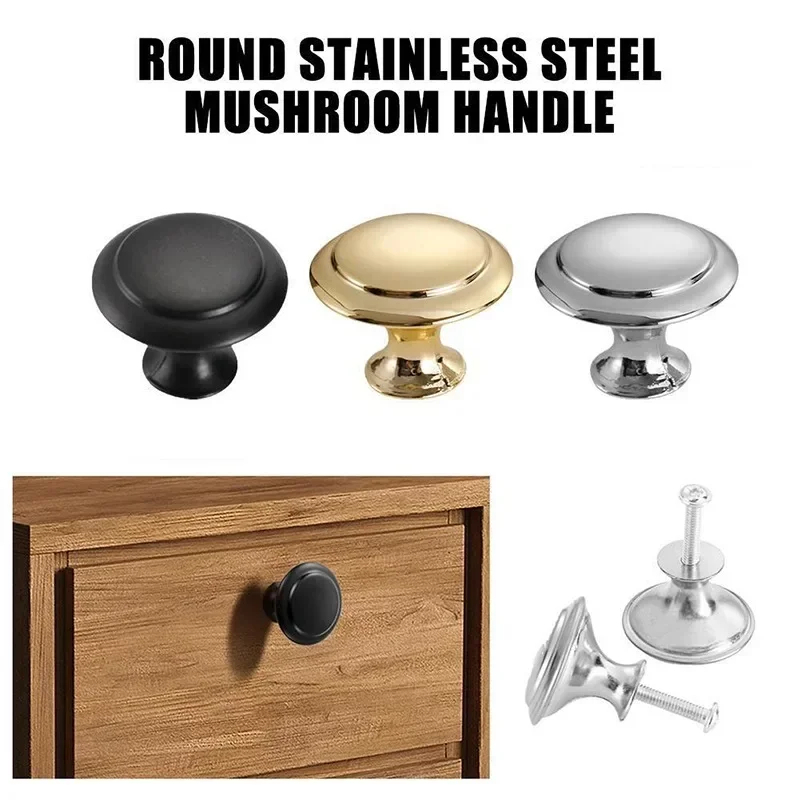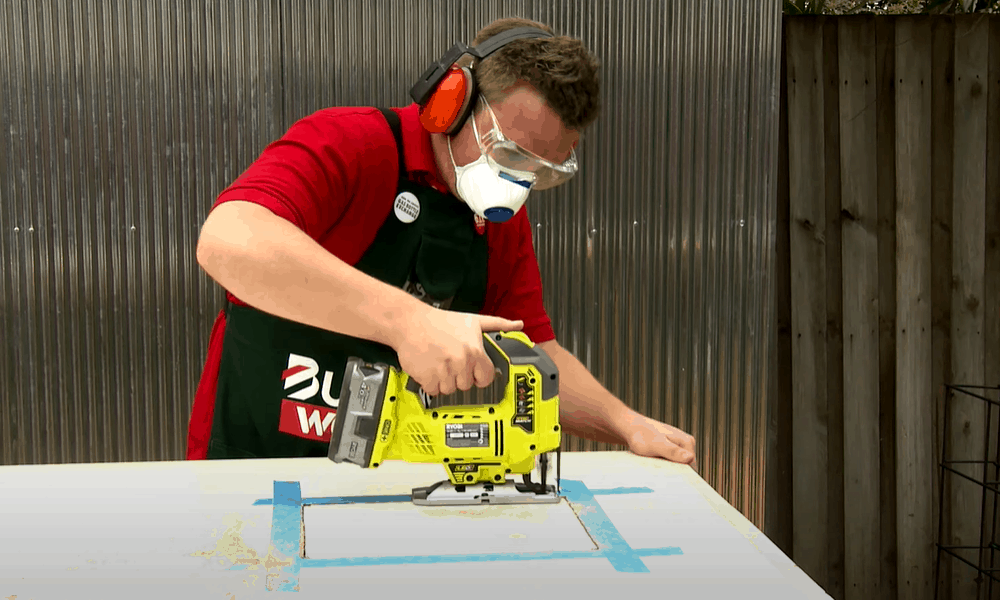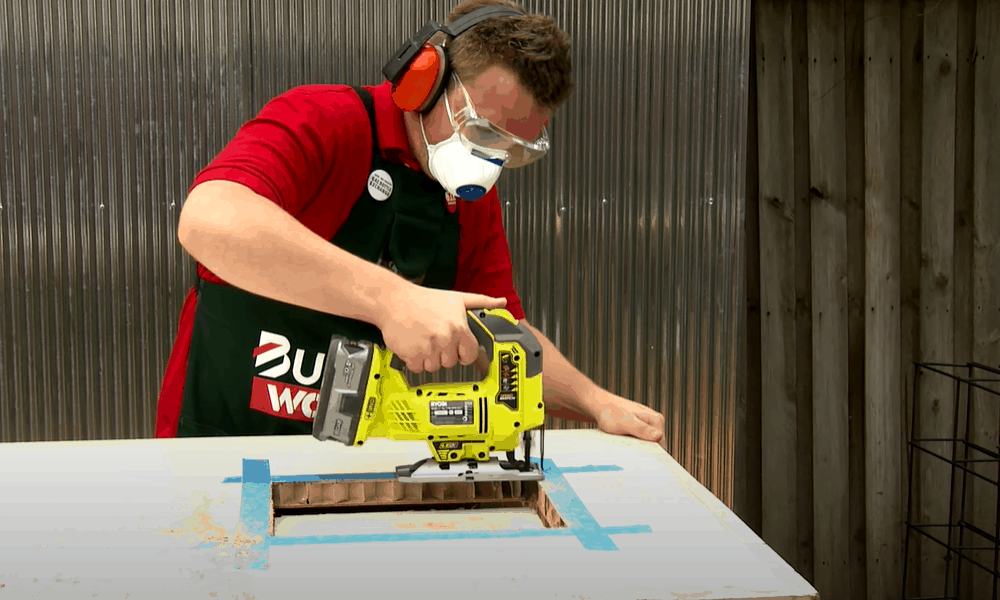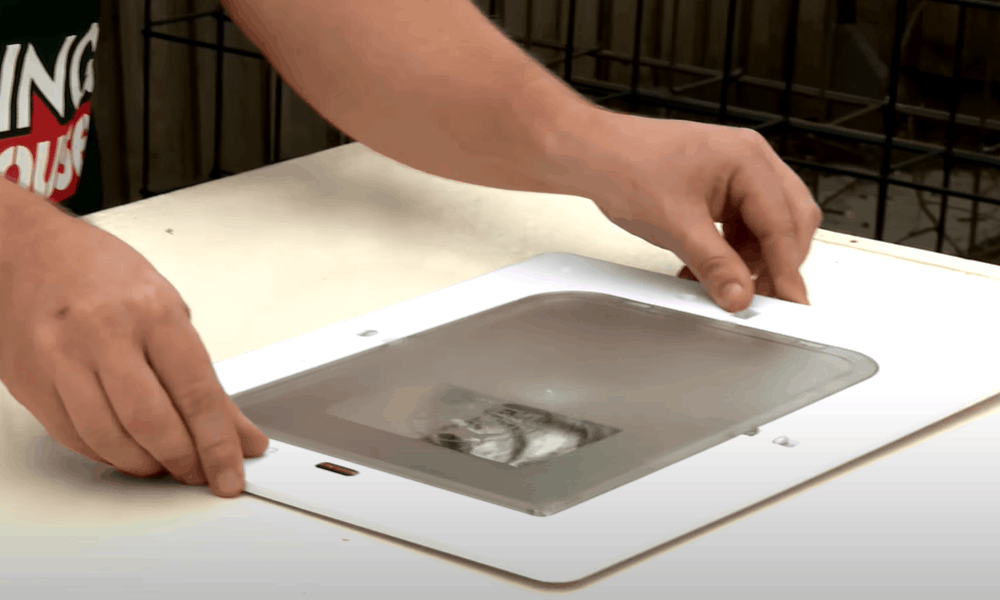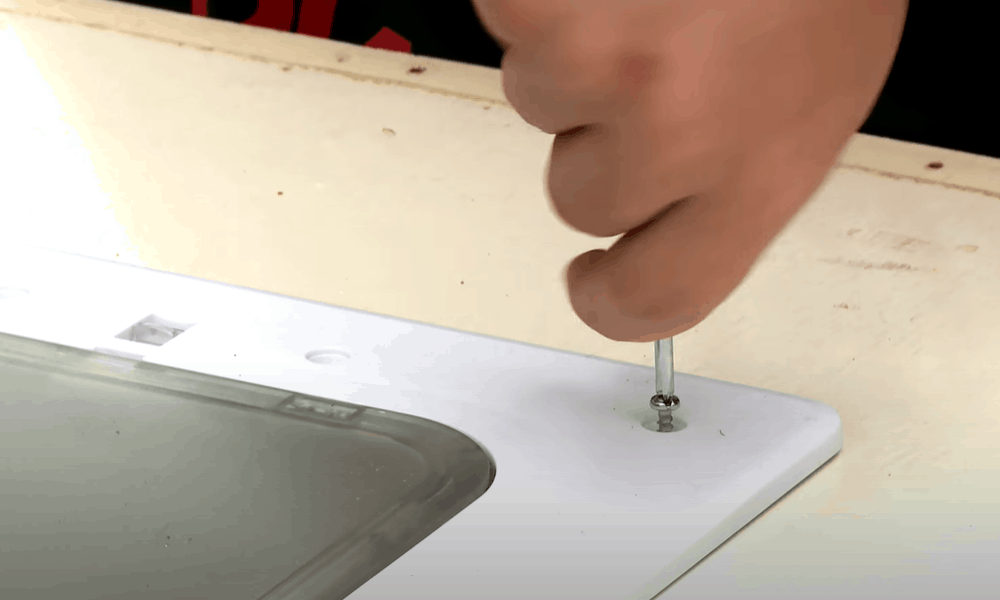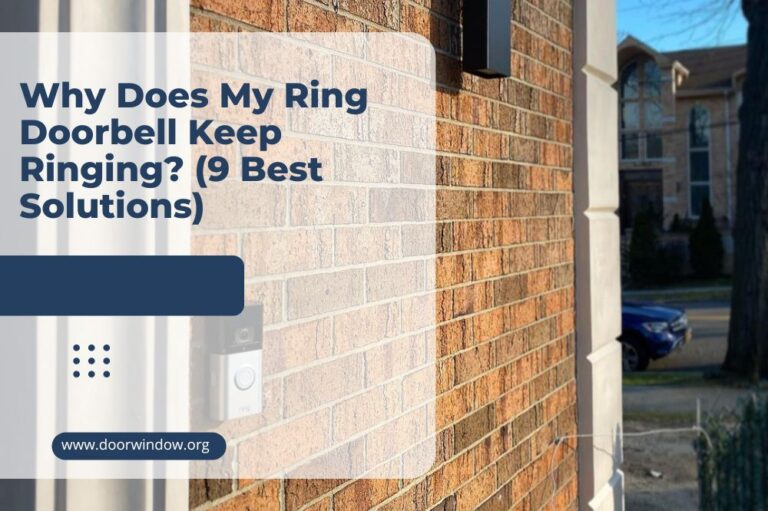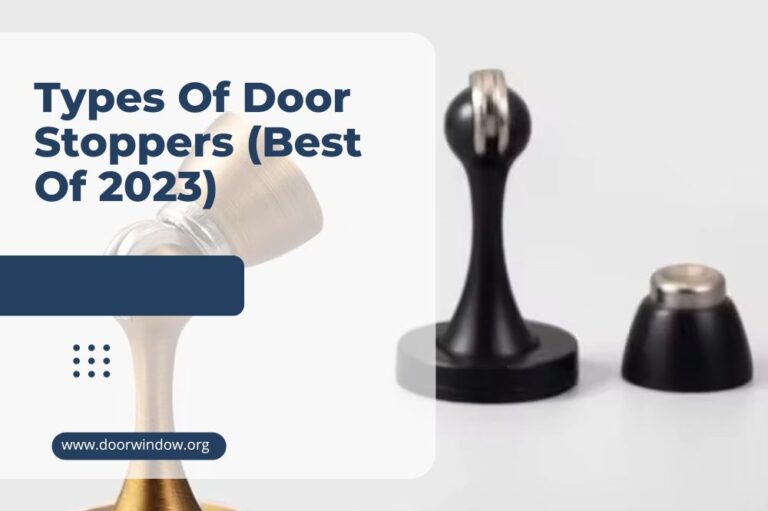How to Install a Doggie Door? (Step-By-Step Tutorial)

Have you ever wondered how to install a doggie door? Most dog owners do. They are attracted to pet doors mainly due to the freedom they provide to them as they no longer have to open the door as their furry friend moves about the house.
Doggie doors also help in overcoming behavioral issues that pets succumb to if you force them to remain inside the house for longer periods. The ability to enter/leave home as might please him prevents the dog from excessive barking, destructive chewing, and scratching and clawing furniture.
They also limit the walks you would otherwise have to undertake with your pet. Your little friend could exercise outdoors on their own when you aren’t home. All these reasons should be enough for you to go through below video which explains the dog door installation procedure.
Before you install a doggie door
You need to know about their various types that are available on the market. That’s because, like most things in life, doggie doors don’t belong to the one-type-fits-all category. Some of their types might fit your requirements better. Others might not be as helpful.
Once you have zeroed in on the model you want to buy, the next step involves knowing how much it will cost. It goes without saying that the price will vary depending on the type, starting at less than $40 for a basic dog too, and costing as much as $500 or more for a more long-lasting model.
Lastly, while you may not like reading it, doggie doors do have their downsides. Knowing about them before you have gone in the market and splashed your hard-earned money on a brand-new looking model is essential too. Here’s how you can keep all these factors in check:
Types of doggie doors
Following are the most common types of doggie doors:
- Energy-efficient doggie doors: These products are designed to minimize thermal transfer to and from the house. They do that via vinyl door flaps that automatically close the door once your furry friend has gone through it.
- Sliding glass doggie doors: The fact that these doors are detachable makes them perfect for you if you’re a renter, as you can easily move them with you. They are also available in a variety of sizes, so you can easily find one that meets your sizing requirements.
- Exterior wall doggie doors: Such doors aren’t for renters as the gap they require you to create in your exterior wall for their installation is permanent. They are a better choice if your wall is right next to a front yard.
- Interior wall doggie doors: Hoping to get your hands on a door that would let your feline friend move from one room to the other as he pleases? Then you might do well with an interior wall doggie door.
- Security-friendly doggie doors: Such doors won’t open unless their built-in sensor recognizes the presence of a micro-chipped collar. They offer other features as well including selective entry and exit and auto-locking.
Cost of doggie doors
Here’s how much you might have to pay for a doggie door:
- Less than $40: Provided you’re looking for a door that can be installed in an exterior door – and are going to install it yourself, you may not have to spend more than $40.
- Less than $100: Doggie doors that are designed to install in sliding glass doors are the simplest to install and won’t cost you more than $100 in purchase and installation.
- Less than $500: If you are going to purchase a pet door for your exterior wall and have decided to pay a professional for installation, be ready to pay as much as $500.
Downsides of doggie doors
Here are some of the potential shortcomings of doggie doors:
- Void the home door’s warranty: If your exterior door’s warranty is still remaining, installing a pet door in it will void it.
- Cause security problems: Their large size might be exploited by a thief or an intruder to gain entry into your home.
- Entry-point for unwanted animals: Neighborhood pets, possums, raccoons, or even skunks might treat these doors as an invitation into your house.
- Small children can escape through them: Especially if you have installed a medium-to-large size pet door in your home’s front door.
What you’ll need to install a doggie door?
Here’s a list of all the tools and equipment you’ll need to install a doggie door:
- Pet door
- Carpenter’s level
- Screwdriver
- Masking tape
- Jigsaw
- Pencil
- ½’’ drill bit and drill
Step-by-Step Guide for dog door installation
Follow these steps to install your doggie door in a wooden door:
Step 1: Decide where on the door you’d like the doggie door’s opening to be
Once you have decided that, trace the template of the doggie door on your exterior door with a masking tape and pencil. Use a level to make sure that the new door is oriented straight. It must also sit flush with the rest of the door. The location needs to be lower enough to allow your furry friend to get through it without overextending their legs.
Step 2: Drill a hole at each corner of the template
Remove the template after you have marked its boundaries using a pencil. Then, using a ½’’ drill bit, drill a corner at all four corners of the outline. All the holes should be big enough for you to force your jigsaw through them and cut the space within the outline of the template.
Step 3: Insert the jigsaw in the bottom-left hole
After inserting the jigsaw, start making the cut in a counterclockwise direction, going from the drill-hole you’ve inserted it to the nearest drill-hole in the counterclockwise direction. Go slowly but not too-slow or else you may end up scorching the wood. At the same time, you shouldn’t go too fast or you may end up bogging down the motor. Let the saw be your guide as far as speed of movement is concerned.
Step 4: Cut out the entire outline
Once you have cut through all the holes that you marked in the outline, you should end up with a nice, clean hole in the door.
Step 5: Insert both halves of the doggie door into the hole
Most pet doors come with a small hedge using which you can slot them through the hole. They also have a covering that attaches to the door and secures it entirely. The front side must have a plastic flap that will hang down and secure the door by keeping it ‘closed’.
The back side, meanwhile, will have a covering with holes at each corner. It is through these holes that you’ll secure the doggie door to the exterior one.
Final Step: Fix the doggie door in the hole
After inserting the doggie door through the hole, insert one screw at each corner. At first, you should only use your fingers to tighten the screws lightly. It is only once you have tightened all four corners using your fingers that you should use a screwdriver to clamp them in tightly. Make sure that the new door isn’t jiggling around once you’ve fully tightened the screws.
Frequently Answered Questions
Q: How to secure your pet door against burglary?
Follow these steps to make your pet door more secure:
- Lock it before leaving home: Some pet doors come with a slide bolt that doesn’t let anyone, even the dog, through it. If you think that’s not an ideal choice, some models that come with a built-in magnet that locks the door when your dog has gone through it.
- Invest in a security system: Just as you’d secure your main door with a security system, install a system that won’t let your pet door be your home’s weak point. How? With a system that would include cameras and sensors that won’t be triggered by your pet’s body weight.
- Get a door chime: If someone is at home all the time, you can invest in a door chime that will make a loud sound when someone is coming in our out of the pet door. It might be annoying – especially if your pet likes moving around, but it will secure your home.
- Install a motion detector: Motion detectors are one of the best ways to secure your home. They notify you every time someone is coming in or going out of your house. You won’t even have to be at home to receive an alert, as they’ll send notifications to your smartphone.
Conclusion
All pet owners know how frustrating it can be to open (or close) their front door every time their furry friend is standing on the doorway. Fortunately, you don’t have to deal with this infuriating scenario if you decide to install a doggie door. It will let your dog go about your house as he pleases and would save you from the trouble of leaving your seat.

